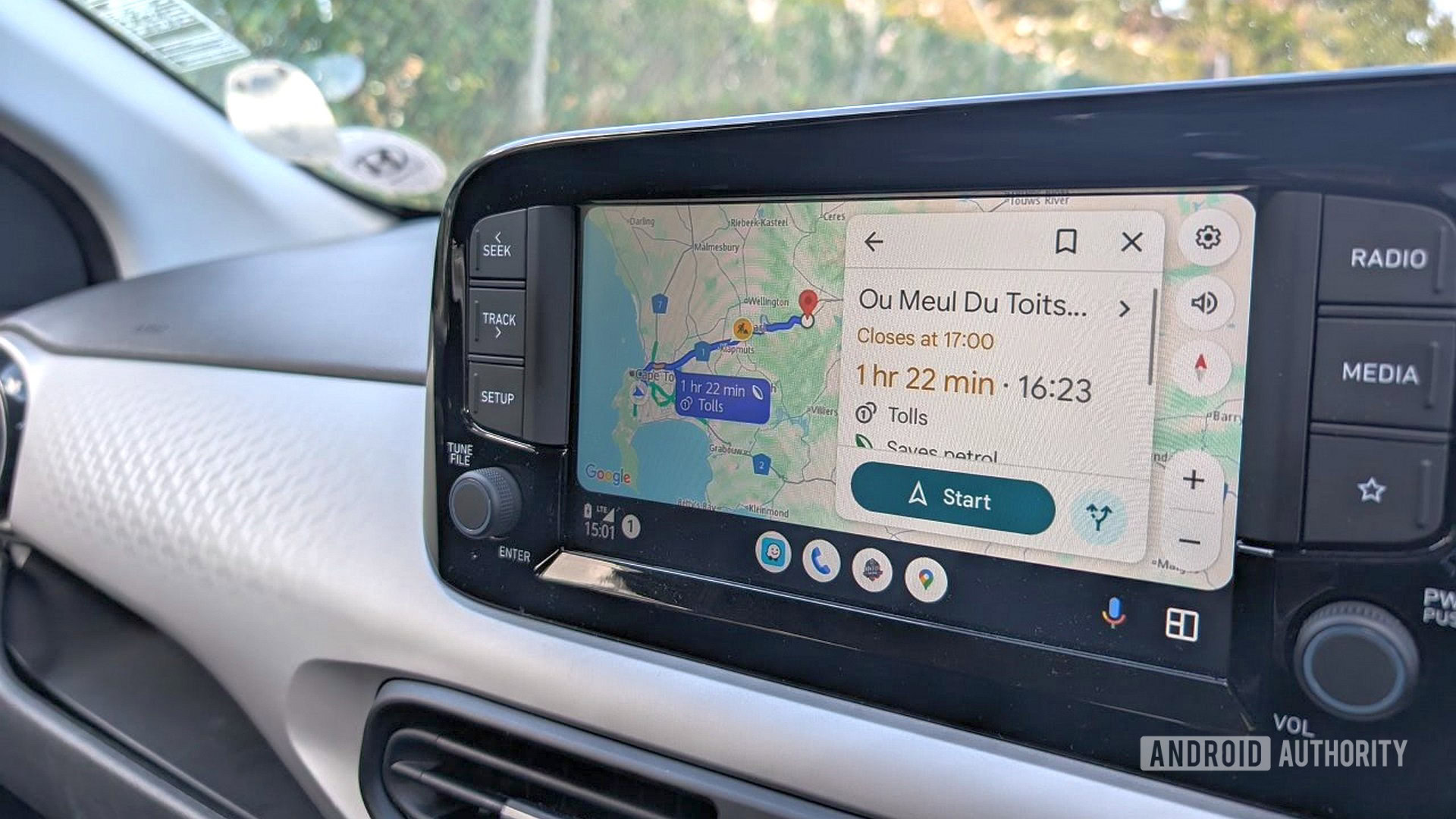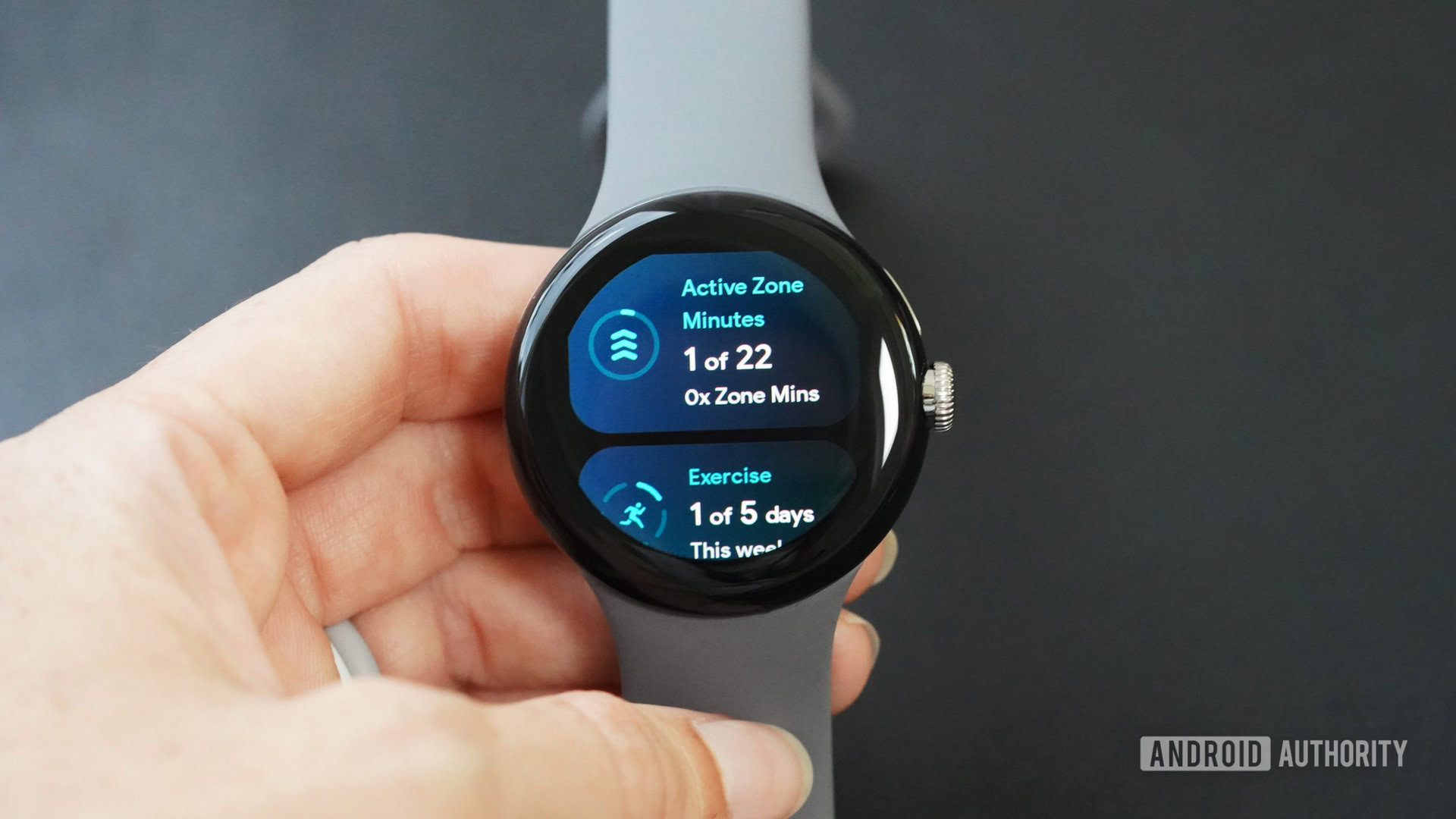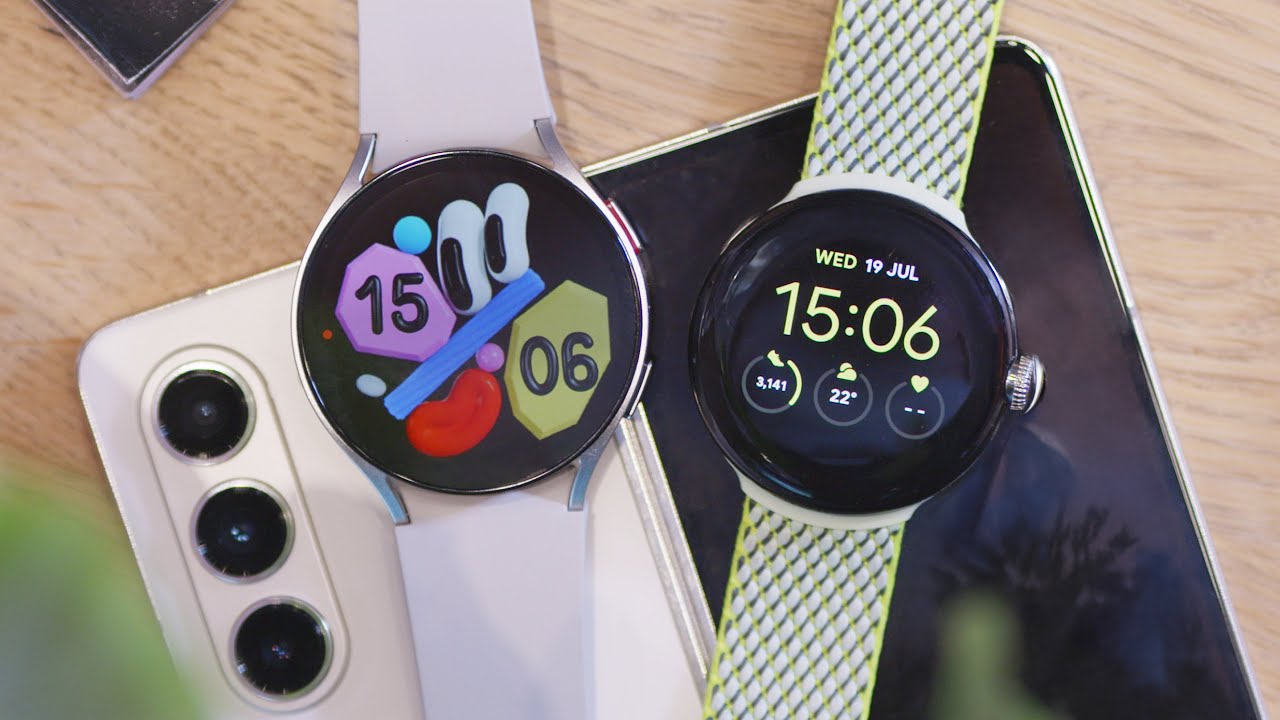
Andy Walker / Android Authority
Tracking my health has become a natural part of my daily life. It gives me security and gradually encourages me to improve my general physical condition. I trust first and foremost on my Use OS SmartWatch To monitor my daily activity, stress level and quality of sleep. However, in some cases I want it to do more to bring some problems under my attention. Such an example would be under safety -critical activities, such as driving.
Do you want Android Auto and Wear OS to share health information for the driver’s safety?
1 votes
Google’s tightly interwoven software and services are one of the biggest forces, but its one blind stain is in the car. I love it through Android Auto, I have access to the various services of your smartphone. I can play my favorite music through Spotify or access important routing information through Google Maps. But what about my vitals? Why can’t I use the OS watch and Android Auto to use my health data to improve my safety on the road? On the surface, this probably sounds like a privacy risk. Why do you want passengers to see the heart rate or stress level? However, I talk about much deeper integration between Android Auto and Wear OS.

Joe Maring / Android Authority
A car is heavy machinery that requires eager concentration and consciousness at all times. Driving is an activity affected by one’s faculties, which in turn is affected by recent physical activity. If you had the worst sleep of your life the night before a big trip, the quality of driving will be affected.
Why can’t I use the OS watch and Android Auto to use my health data to improve my safety on the road?
Of course we are all people. We do not always make the best decisions given the circumstances. We also tend to believe what we want to believe. This is where I want Wear OS Watch and Android Auto to step in and provide a computer -supported helping hand. These services may seem like unlikely bedfellows, but I strongly believe that a connection between Wear OS and Android Auto would be a huge security wine for road users.
Wear OS and Android Auto are Google -Pairings Road Users Need Most

Andy Walker / Android Authority
The benefits of such a system are not immediately visible, so let me paint an image. If my watch feels tired – maybe it takes into account my deep sleep percentage, today’s time, the oxygen level drops in the blood or a decreasing heart rate – I would like to inform Android Auto, who can then notify me and my passengers in my state.
It can easily issue an audio alert: “Signs of exhaustion detected. Consider pulling on the next what convenience,” or something similar. Considering the roadside, Google Maps can suggest where you can pull over to rest safely. Android Auto can also inform my smart watch how long I have traveled. The system can then recommend a suitable rest time based on the previous day’s sleep quality and activity level.

Kaitlyn Cimino / Android Authority
Here is another practical example. If I haven’t driven for an extended period, but my clock feels that my stress level is increasing or that my heartbeat nail, it can ping a sound warning through Android Auto and suggest a series of breathing exercises I can take to regain control. I do not suffer from rage (beyond the weird explosive or two), but think about how useful such a system would be in these cases.
Android Auto would also be a suitable home for the nebulous “Energy” points smart watches now offer. These can be used to predict how long you could safely drive in one day. A low score should indicate that a driver should not extend the journey beyond a certain point, while higher scores can be milder.
Nebulous Energy Score can finally be used for good use, and informs drivers about how long they could possibly drive before they are tiring.
In particular, these examples will not only be of benefit to my driving. Think of those who travel to live: long -distance trucks, bus operators, riding drivers and even irregular holidaymakers who are not so used to traveling great distances on a single trip. Meshing Wear OS and Android Auto would benefit a large population of users.
Such a collaboration between Wear OS and Android Auto also swings with Google’s security initiatives. The company has already rolled out car crash detection to Android and its Wear OS devices. To bring Android Auto into the safety board to avoid crashing completely.
Car or car?

Kris Carlon / Android Authority
Although my description of service cooperation may be an idealized scenario, I realize it’s not as easy as flicking a switch or connecting to Android Auto with Wear OS through a digital string.
Wear OS is as fragmented as Android, with different training and health tracking platforms used on the same operating system of different manufacturers. Centralizing this information to Android Auto would be a challenge. One solution might be to use Health Connect as a central hub for this data, but users need to provide another Google product access to their sensitive information. I’m not sure how many will be comfortable with it.
A system in the car that uses Android Auto and Health Data from Wear OS watches will be brilliant for the driver’s safety, but there are challenges.
In addition, I need to question Google’s long -term commitment to Android Auto. With Android Automotive OS, Baked-in Cabin operating system, apparently the future of the company’s road plans, Google slowly leans away from Auto. If such a safety function was to ever appear, I feel that it would probably grace Automotive First and Auto later (if ever).
Using contextual fitness data retrieved through Wear OS with Android Auto will be about preventing events. I am well aware that some will claim that they do not need technology to tell them when to rest or how to drive, but the more excess mitigating systems, the less likely they will cause an event.


